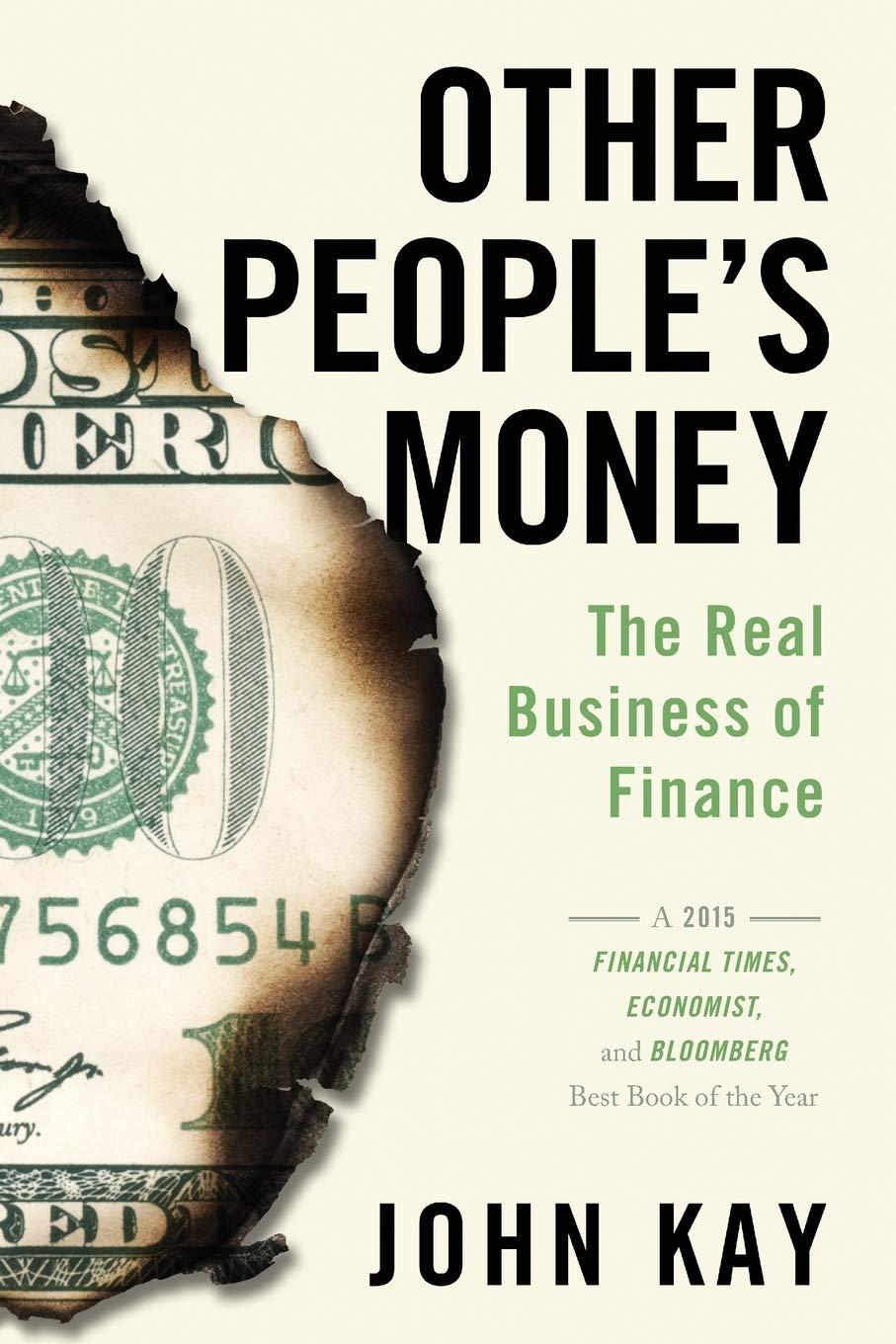Question
Your companys Board of Directors is considering whether to launch a new recyclable model of robot in 2035 (Model 2) and your companys CFO has
Your companys Board of Directors is considering whether to launch a new recyclable model of robot in 2035 (Model 2) and your companys CFO has asked you to perform the following tasks: to evaluate the financial merits of this opportunity using the companys current investment appraisal methodology and decision criteria; to make a recommendation to management regarding whether this investment decision should be implemented; and to identify and explain three ways in which the companys current investment appraisal approach could be improved. If the investment proceeds, the new model will replace the existing non-recyclable model which will be discontinued. To produce the new model, capital expenditure of W$650,000 and 4 extra production employees will also be required and there will be an increase in fixed overheads of $20,000 per annum. There are two R&D projects available which will enable you to produce recyclable robots: 1. R&D Project 18 which will require an investment in R&D of W$3m, all of which will be treated as Development costs. Following R&D Project 18, the materials for this new model will cost W$200 per unit less than those for non-recyclable robots. 2. R&D Project 19 which will require an investment in R&D of $3.5m, 60% of which will be treated as development costs and 40% will be treated as research. Following R&D Project 19, the materials for this new model will cost W$400 per unit less than those for non-recyclable robots. The marketing department strongly believes that if all domestic robot manufacturers move to recyclable robots there will be a significant increase in total demand in all markets in which your company operates. Industry experts have predicted that assuming 2034 retail sales prices are maintained for the next 5 years, there will be an increase in sales quantity (compared with the level achieved in 2034) for each manufacturer over the next five years as shown below: Year 1 +250 units (compared with 2034) Year 2 +300 units (compared with 2034) Year 3 +350 units (compared with 2034) Year 4 +400 units (compared with 2034) Year 5 +450 units (compared with 2034) 3 A technical feasibility study for the new project has been carried out by a firm of external consultants at a cost of W$15,000, though the consultants invoice for this work has not yet been paid. If the investment does go ahead then some existing equipment will no longer be required, and it is estimated that the surplus equipment could be sold for proceeds of W$100,000 (against a book value of $400,000). The production of the new model will also require less factory space than is currently required which will mean the surplus space can be sub-let for annual income of W$6,000. Your companys current investment appraisal approach requires the evaluation of investment opportunities over a 5-year timescale using the Payback and Net Present Value methods and the following decision criteria are applied: 1. Payback period below 2 years. 2. Net Present Value higher than +$250,000. Your business has in the past applied the following assumptions when evaluating capital investment projects: 1. A fixed overhead allocation of $100,000 is applied to all major projects (being those with a total cost of $4m or above) and a fixed overhead allocation of $50,000 for all other investment projects (except minor projects being those which cost less than $200,000 for which there no fixed overhead allocation is applied). 2. A cost of capital of 8% is applied which is based on the rate of interest payable on the long term loan. 3. No adjustment is made for working capital requirements.
Step by Step Solution
There are 3 Steps involved in it
Step: 1

Get Instant Access to Expert-Tailored Solutions
See step-by-step solutions with expert insights and AI powered tools for academic success
Step: 2

Step: 3

Ace Your Homework with AI
Get the answers you need in no time with our AI-driven, step-by-step assistance
Get Started


